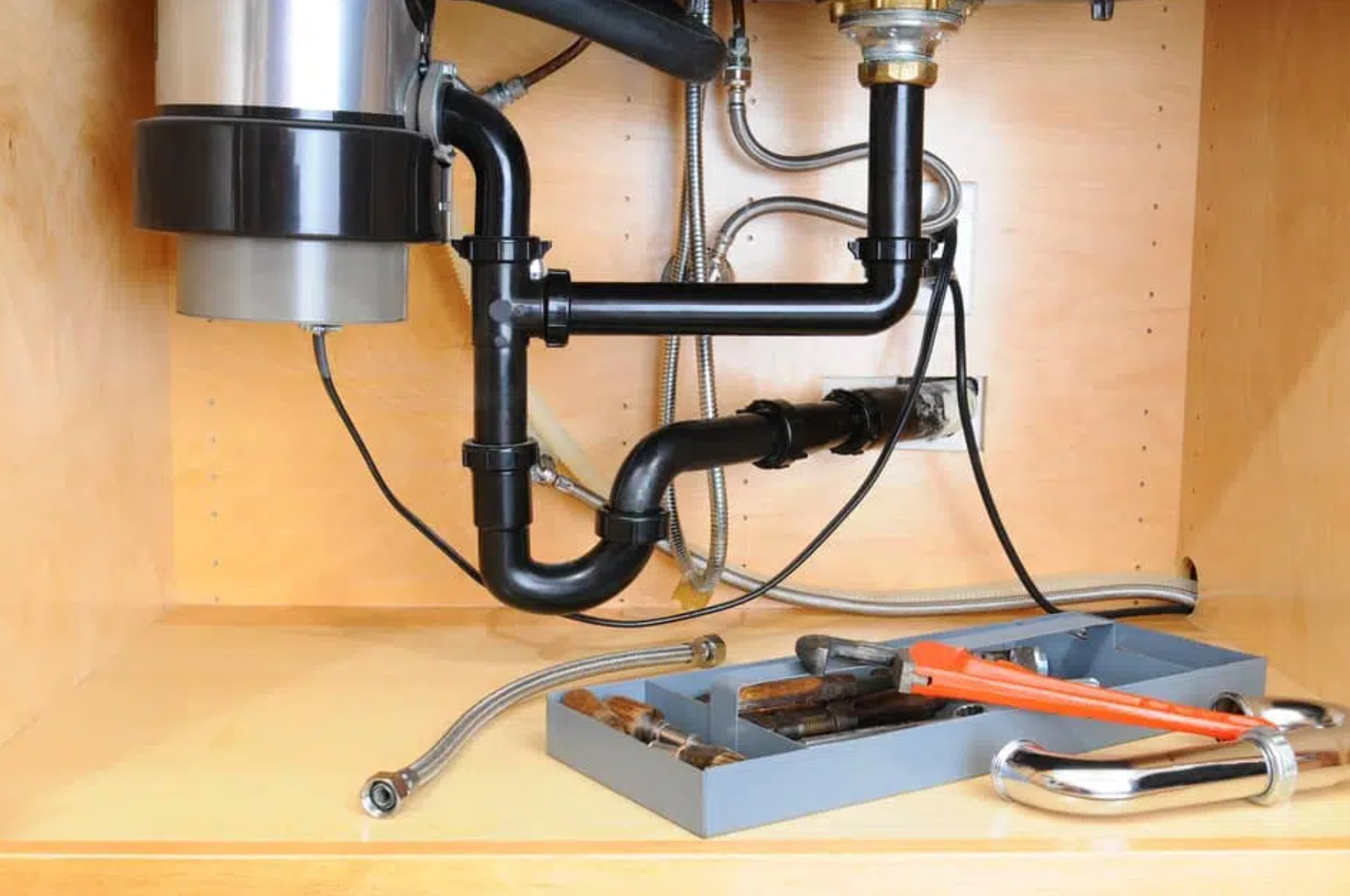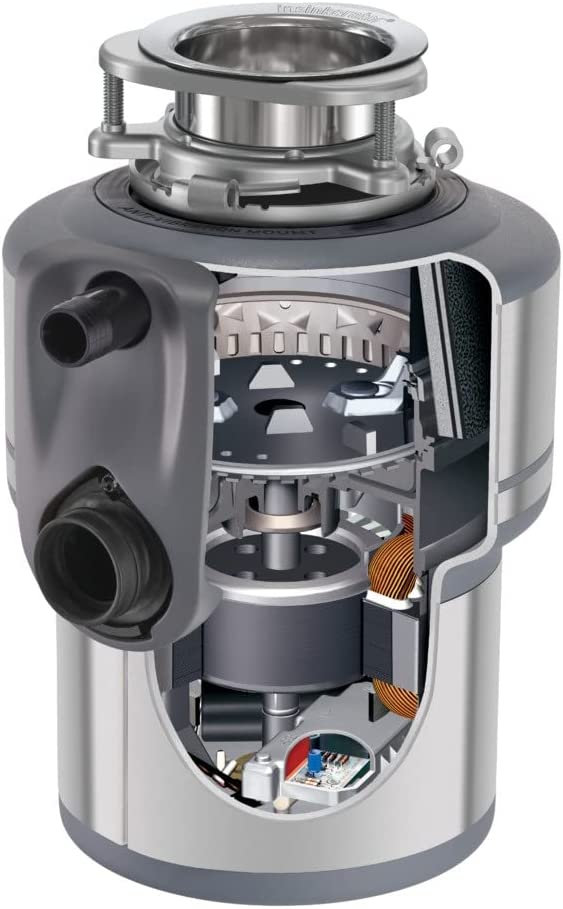
Garbage disposals are an essential component of any modern kitchen, helping to dispose of food scraps and waste in a convenient and efficient manner, however like many appliances in the home, they require substantial amounts of energy to operate. One of the key considerations when selecting a garbage disposal is how much power it consumes, which is measured in amps - this information is usually needed to determine if adding a garbage disposal to a home will overload the electrical system. In this article, we'll take a closer look at how many amps different models of garbage disposal use and what factors can impact power consumption.
Introduction
Garbage disposals are designed to grind up food scraps and waste materials, making it easier to dispose of them through the kitchen sink. Different models of garbage disposals consume varying amounts of electricity, and it's important to understand how many amps they use to ensure that they are compatible with your home's electrical system. Most home circuits can accommodate 15-20 amps which is usually plenty of power for most household garbage disposals.
Understanding Amps
Amps (short for amperes) are a measure of electrical current, indicating the rate at which electricity flows through a device. Garbage disposals are powered by electricity and are rated in amps, typically ranging from 4 to 15 amps depending on the model.
Factors Affecting Amp Usage
Several factors can impact the amount of power that a garbage disposal consumes, including motor size and power, the type of material being ground up, the age and condition of the disposal and the frequency of use.
Motor Size and Power
The size and power of a garbage disposal's motor can have a significant impact on its amp usage. Larger motors with more horsepower will generally require more amps to operate, as they have a greater amount of work to do to grind up food scraps. Most homes would do fine with a 3/4 HP garbage disposal as this is usually a good balance of grinding ability, power use and cost.

Type of Material Being Ground Up
The type of material being ground up can also impact the amount of power that a garbage disposal consumes. Tougher materials such as bones and fibrous vegetables may require more power to grind up, which can result in higher amp usage, whereas softer materials such as pastas or fruits would typically require lower amounts of energy to process.
Frequency of Use
The frequency with which a garbage disposal is used can also impact its power consumption. Garbage disposals that are used frequently may consume more power over time, as they are subjected to more wear and tear.
Average Amps Used by Different Garbage Disposal Models
The amount of power consumed by different models of garbage disposals can vary widely. Here is a breakdown of the average amps used by different types of garbage disposal models:
1/3 Horsepower Models
1/3 horsepower garbage disposals are typically the smallest and least powerful models available. They consume an average of 4.5 amps, making them a good choice for smaller households or light use.
1/2 Horsepower Models
1/2 horsepower garbage disposals are a step up from 1/3 horsepower models, with a slightly larger motor and more power. They consume an average of 6 amps, making them a good choice for medium-sized households with moderate use.
3/4 Horsepower Models
3/4 horsepower garbage disposals are among the most popular models available, with a larger motor and greater power than smaller models. They consume an average of 8.5 amps, making them a good choice for larger households with heavy use.
1 Horsepower Models
1 horsepower garbage disposals are the largest and most powerful models available, with the ability to grind up tough materials such as bones and fibrous vegetables. They consume an average of 12 amps, making them a good choice for commercial kitchens or households with heavy use and a lot of food waste to dispose of.
When selecting a garbage disposal for your home, it's important to consider the amount of power that it will consume. Different models of garbage disposals consume varying amounts of amps, depending on factors such as motor size and power, type of material being ground up, and frequency of use. By understanding the average amps used by different types of garbage disposals, you can select a model that is compatible with your home's electrical system and meets your waste disposal needs.
FAQs
How do I determine the amps used by my current garbage disposal?
You can typically find the amps used by your garbage disposal on the device's label or in the user manual. If you're having trouble locating this information, consult with a licensed electrician.
Can I replace a lower-amp garbage disposal with a higher-amp model?
Yes, you can replace a lower-amp garbage disposal with a higher-amp model as long as your home's electrical system can handle the increased power consumption.
Are there any energy-efficient garbage disposals available?
Yes, many garbage disposal manufacturers offer energy-efficient models that consume less power than traditional models. Look for devices that are Energy Star certified.
What should I do if my garbage disposal keeps tripping the circuit breaker?
If your garbage disposal keeps tripping the circuit breaker, it may be consuming too much power or there may be an issue with your home's electrical system. Consult with a licensed electrician for an assessment.
How often should I replace my garbage disposal?
Garbage disposals typically last between 8 and 15 years, depending on factors such as frequency of use and maintenance. If your device is showing signs of wear and tear or is no longer functioning properly, it may be time to replace it, especially as a worn down disposal has to use more energy to spin up, and would apply a heavier load on a home's electrical system.
Leave a Reply